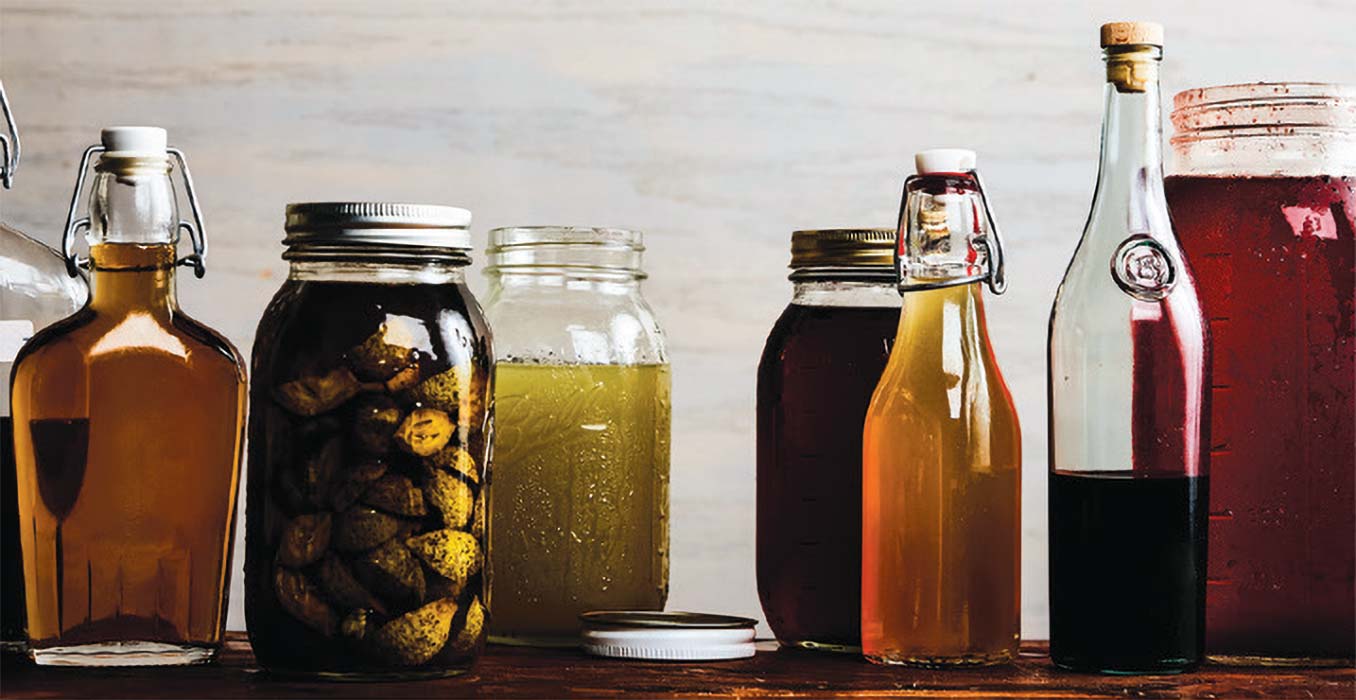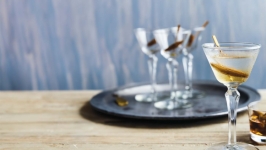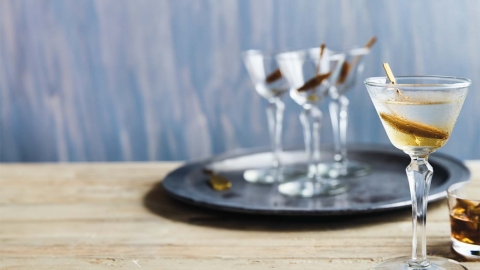The Wildcrafted Cocktail

The Wildcrafted Cocktail: Make Your Own Foraged Syrups, Bitters, Infusions, and Garnishes
Written by Ellen Zachosl
Photographs by Keller + Keller Photography
Published by Storey Publishing, 2017
It’s cocktail hour. You reach for your favorite Vermont spirit, some fruit juice, a bubbly mixer, and a garnish. As you consider the bottles and jars in front of you, you wonder: wouldn’t it be lovely to build a cocktail made with all locally grown elements?
Welcome to the world of foraged mixology, with Ellen Zachos’s The Wildcrafted Cocktail as your inspiring guide. Zachos shares practical tips on common flowers, berries, fruits, nuts, leaves, twigs, and weeds that a forager can convert into syrups, juices, garnishes, bitters, liqueurs, and infusions that can transform the golden hour into a locavore’s dream. She also provides 45 unique drink recipes that will entice you to seek, preserve, and sip the wild edibles that surround us in Vermont.
Most cocktails follow a basic formula of spirit + sour + sweet. For the essential sour element, Zachos encourages readers to put aside the lemon and to make astringent juices from tart fruits such as currants, elderberries, crab apples, and unripe grapes.
Want to add something sweet to your drink? How about a syrup made with wild ginger or fragrant milkweed flowers? As a garnish to your sipper, consider replacing a pickled onion or olive with a daylily bud, fiddlehead, or even the chopped tubular stem of the invasive Japanese knotweed! Each of these can be quickly pickled on your stovetop with minimal effort and will last for several weeks in your refrigerator.
Nature abounds in goodness that can form the basis of a crisp, effervescent mixer. Cardinal-red berries from the omnipresent sumac shrub can be soaked in water and made into a tart and lemony sumac-ade, then carbonated through a soda siphon. Fans (or haters!) of the stinging nettle, at their tender and tasty peak in spring, can carefully harvest and blanch the leaves and mix the resulting pot liquor with wild ginger rhizomes (roots), agave nectar, and lemon to create a nettle cordial ready for carbonation.
Care for a sip of elderflower champagne? Clusters of late spring elderflowers can be naturally fermented in a base of sugar, thinly sliced lemon, and white or apple cider vinegar. This delicately sparkling drink is delicious on its own or blended into a floral gin for a truly seasonal, summer libation. Why not celebrate May Day with a bottle of vanilla-scented May wine, a simple infusion of dried sweet woodruff stems steeped in white wine?
Peruse the book, tap into your wildcrafting skills, and up your cocktail game. Even if you add one or two new elements to your bar pantry, you’ll feel like a champ. The true joy will come when you raise a glass, knowing its contents came from the bounty of your landscape through the work of your own hands.







